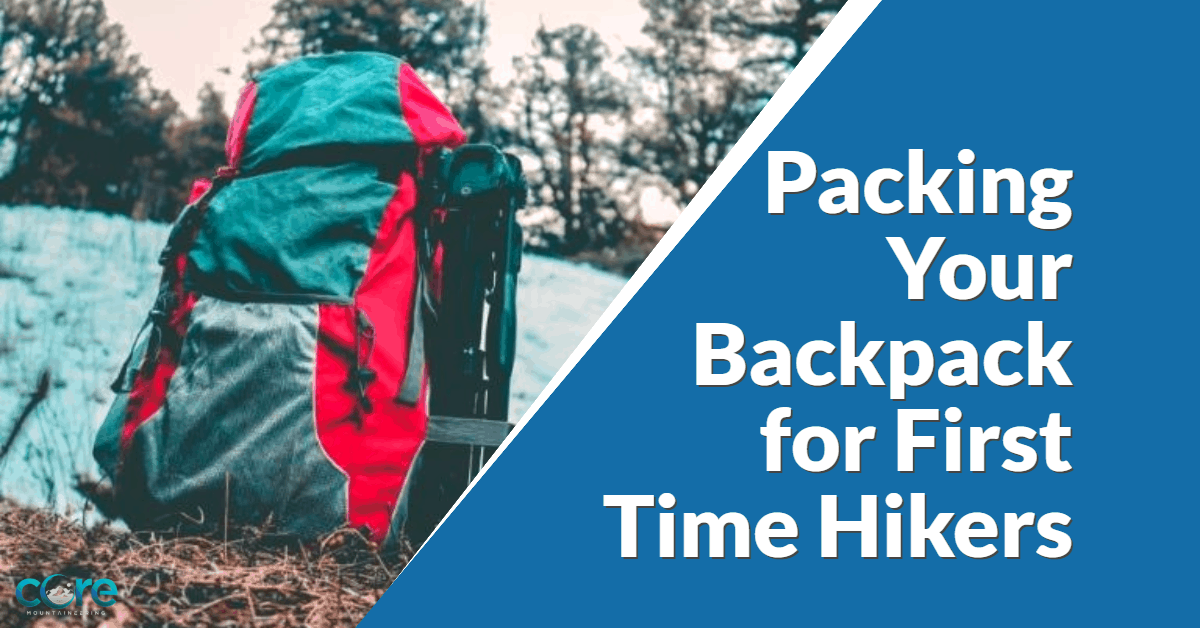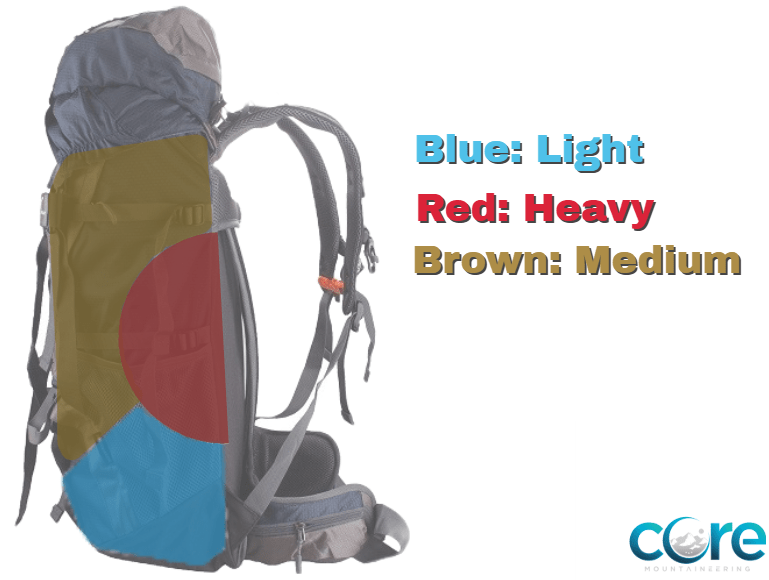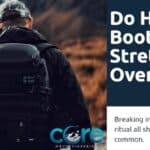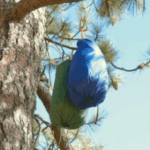It’s time to go on your first backpacking hike, but you need to know the best way of packing your backpack. One of the great things about hiking backpacks is all the compartment and zippers, but this is also intimidating. Where does everything go and how can you pack efficiently.
We’ll go over how to pack everything the right way and how to avoid overpacking.
Put All Your Hiking Gear on the Floor
This is how to pack an internal frame or an external frame. A few things will be different, but for the most part, this is universal for any hiking backpack.
Check your gear list to make sure you have everything you think you need. Avoid waiting the day of a hiking trip to pick something up. This can just delay the time that you should be on the trail. Put everything you’re going to bring on the floor next to your pack.
This way items are easy to mark off the gear list. Also so you don’t bring duplicates of anything or an item that can pull double duty, like a bear canister that can be used as a sit or a dry bag that can be used as a pillow.
How to Pack a Backpack for a Hiking Trip
An adequately packed backpack will save you from back pain, keep you balanced, as well as keep all your belongings organized. We are also going to pack the bag in a way that we need items more on the top of gear we only pull out once a day.
Large Backpack Compartment
The order which gear goes in:
- Sleeping Bag
- Sleeping Pad
- Tent and Tarp
- Clothes
- Stove and Cook Kit
- Food
With everything laid out on the floor, go ahead and put your sleeping bag on the bottom of the inside of your backpack, not strapped to the outside. We start with the sleeping bag because it serves two purposes. One, we only need to pull out our sleeping bag once a day. So if it’s a pain to get to who cares.
Two, the sleeping bag will raise all the heavy gear higher on you back. As you can see from the picture above, this is what we want. If your sleeping bag didn’t come with a compression sack, get one. This will dramatically decrease the size a sleeping bag takes up inside.
If your sleeping pad is made out of foam than it will attach on the outside of your pack. If it’s an air sleeping pad that’s small then put in the backpack next.
Now put your tent, tarp, or sleeping shelter inside. Since this gear is heaver we want it positioned in the middle of our backs, kind of between the shoulder blades.
With all your clean camping clothes inside a dry bag set them on top of your tent.
We’re almost done with the main backpack compartment. Put your stove and cook kit in now. If you’re using a gas stove an extra canister can go in now or you can put it in your side compartment.
Last but not least, put your hiking food in your backpack. We save this for last because the bag is going to get pulled out the most on the trail.
Backpack Top Compartment
Keep stuff in this area that you need to grab quickly. Something like your map, whistle or a thin windbreaker.
If your backpack doesn’t have a dedicated compartment for a rain cover go ahead and put it in this top compartment too. When it starts raining, you’ll want quick access to it.
Don’t Over Pack, Somethings Less is More
If you have extra room in your backpack after all the necessities don’t feel the need to fill it up, sometimes less is more and when you overpack your bag, it leads to fatigue and a bad experience on the trail.
If you do feel the need for some luxury items, just try to be conservative. I sometimes do this when I bring an extra piece of gear like a wood stove and a canister stove just because I want to try the new one out but don’t want to have to rely on it.
Right When You Get Home and Unpacked
Keep a log of items that weren’t needed or weren’t used as much as you thought they would. This will save weight and time when going on your next hike. I typically over bring a few things I don’t need, but you don’t have too. The best time to pack for your next adventure is when you get back from one.








